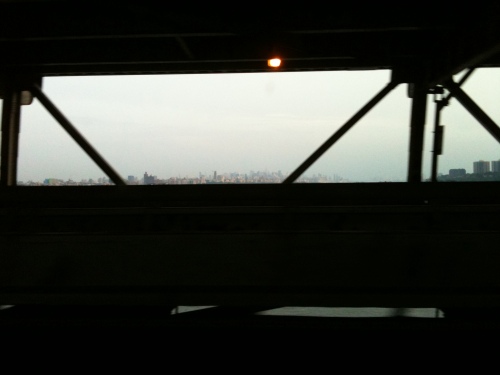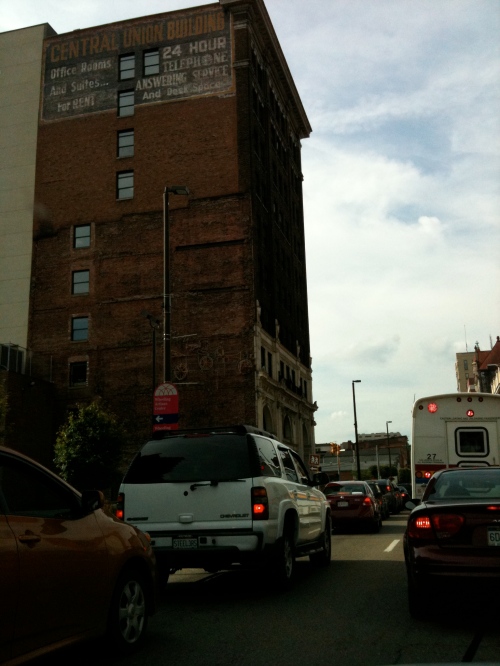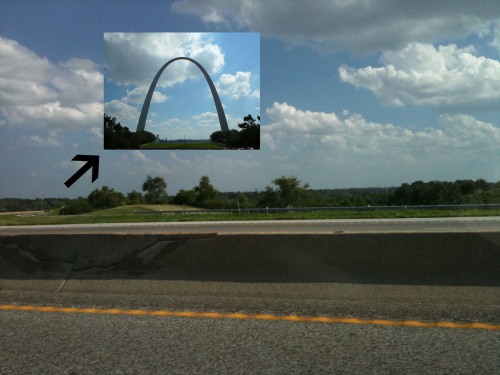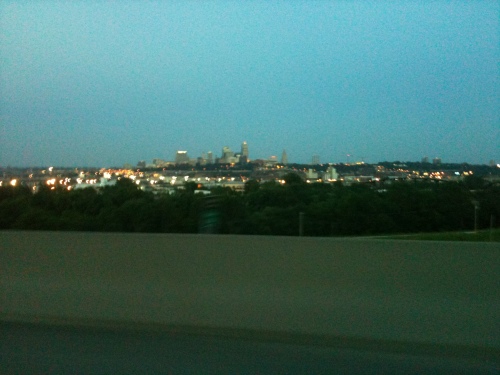A typo in the subject line of an email I received this week got me thinking about the physical and virtual spaces in which we engage with information (what we might have referred to in the past as “conducting research”), the language we use to describe those spaces, and what exactly we do there these days. OK, I admit that I tend to spend a lot of time thinking about these things anyway, but the typo prompted me to share some of my musings on the subject.
When I saw the word “labrary,” I chuckled at the clever term, and wished I’d thought of it myself. Even after I realized it was a typo, I was sure someone out there in libraryland had come up with this reinvention before. To my surprise, a quick Google search yielded mostly more typo labraries. One exception was LABrary: A Seed Resource.” Based in Nottingham, England, LAB describes itself as “a creative and open space for experimentation, collaboration, exchange and critical play between artists, creative producers, curators, hackers, designers and social agitators.” The LABrary is “an emerging resource” for these folks, an evolving online collection of “tutorials, blueprints, code, recipes etc.” As I read more about LAB’s vision for itself, familiar phrases started to jump out at me:
“A social space for knowledge/skills transfer”
“a space for communities/public to learn skills”
“where people can access and share equipment and resources”
This was sounding more and more like a LIBrary to me. Of course it also sounded like one of the zillions of social networks designed to welcome people with a common interest into a virtual gathering space to share information, resources, and some sense of community feeling. But the fact that LAB is (or was – it’s internet presence seems to have been very short-lived) both a virtual and a face-to-face space which embraces its collaborative and evolving nature, along with the fact that “labrary” is just a really cool and thought-provoking term, made me want to petition to change the name of the physical and organizational structure in which I work from “the library” to “the labrary.”
When I refer to “the library,” most non-librarians usually assume that I mean the building itself, along with its physical contents (mostly books) and staff (helpful librarians who have memorized all the world’s information, including the mysterious locations of each individual book in the library, and can produce it for you at the drop of a hat). When I introduce myself to new acquaintances as a librarian, they are far more likely to wax rhapsodic about how much they love the books, the quiet spaces of libraries, and their childhood librarian, than to mention their favorite database or engage me in conversation about emerging technologies or critical approaches to information.
Even in higher education where I work, and even among those who use the library regularly, I find that a surprising proportion of faculty are still attached to at least a few nostalgic ideas of what a library is and what librarians do. They might complain about how noisy the library is these days, or bristle at policy changes like allowing food or at innovations like the check-out of tools such as iPads or Kindles. They might be reluctant to see me as an educator, or to see information literacy instruction sessions as more than “tours” of the locations of particular items within the building. They might squirm uncomfortably when I suggest that a database would serve their students better than the Readers Guide and our print periodicals collection for research on current controversial issues, or when I don’t ban Wikipedia outright but offer it as useful as a jumping off point if not as a main source, or when I spend more time engaging students in learning about and evaluating the variety of information sources available than in teaching the mechanics of searching a single database. Even those who embrace online databases as modern conveniences might be reluctant to think differently than they did ten or twenty years ago about how they teach students to engage with the library and with information itself.
As an academic librarian, I’m especially interested in creating and promoting the library as a collaborative space (physical and virtual) in which librarians, faculty, and students grapple with notions of information literacy, media literacy, and technology literacy together. So I devote a considerable amount of professional energy to attempting to reshape people’s (mis)understandings of what an outstanding library is today. For the most part, I engage in this pursuit happily because I love outreach, I love what libraries can become when we allow ourselves to think outside the box of their historical structures, and I believe that it is through envisioning libraries’ ongoing evolution and welcoming innovation that we best honor their history as vibrant places of learning and discovery. But, like most librarians who consider themselves forward-thinking, I am sometimes frustrated by the amount of resistance I encounter from patrons – and even some librarians – when they come up against an experience or idea that challenges them to reconsider what a library is.
So it’s appealing to consider sidestepping the problem by saying, “Fine. You can go on believing that a library is quiet, serious place with a whole lot of books, minimal interaction between the individuals bent over them in grand hushed rooms or dark silent corners, and whispering gatekeeper librarians who will instruct you in the proper ways to find the right book if you entrust yourself to their direction and commit yourself to maintaining the solid, immovable notion of the library’s identity we all seem to have inherited. But this place you’ve just walked (or linked) into, THIS isn’t a library. This is a LABrary – a whole different animal – and you’re going to have to leave your ideas about libraries at the door.
Using the labrary goes way beyond learning where the information is and how to use a specific machine or process to find it. The labrary is a growing organism who inhabits both physical and virtual space, who is co-created by you and the labrarians who work here. In the labrary, you are invited to collaborate not only with the labrarians, but with each other, whether or not you meet face-to-face. You are offered resources and services – many of them not so different from those offered in the library – but you are asked to take responsibility for your own learning, whether you are a student or a faculty member. You are invited – and expected – to experiment in the labrary. You are asked to experiment with and think critically about every aspect of how you engage with information – what is is and how it is created, where it is, how it is collected and organized and by whom, how you find it and evaluate it and analyze it and use it and adapt it and create it yourself. You are asked to become a co-creator and co-critquer of information as well as of the machines, processes, and interactions through which you engage with it.
Sound overwhelming? I can see how it might be for someone who just wants to check out a book – and you can do that, just like you could in a library. But consider sharing your own online review of that book for other labrary visitors as well. And consider exploring and experimenting a little further. How cool would it be if someday, when a labrarian introduces herself at a party, her new acquaintance tells the story of going to the labrary for a book and coming away with a whole new approach to critically engaging with information? This kind of transformation is what a library can offer and librarians can facilitate. But we must expect it – of ourselves and of each other. If thinking of the library as a labrary can help move that process along, I’m all for it.








